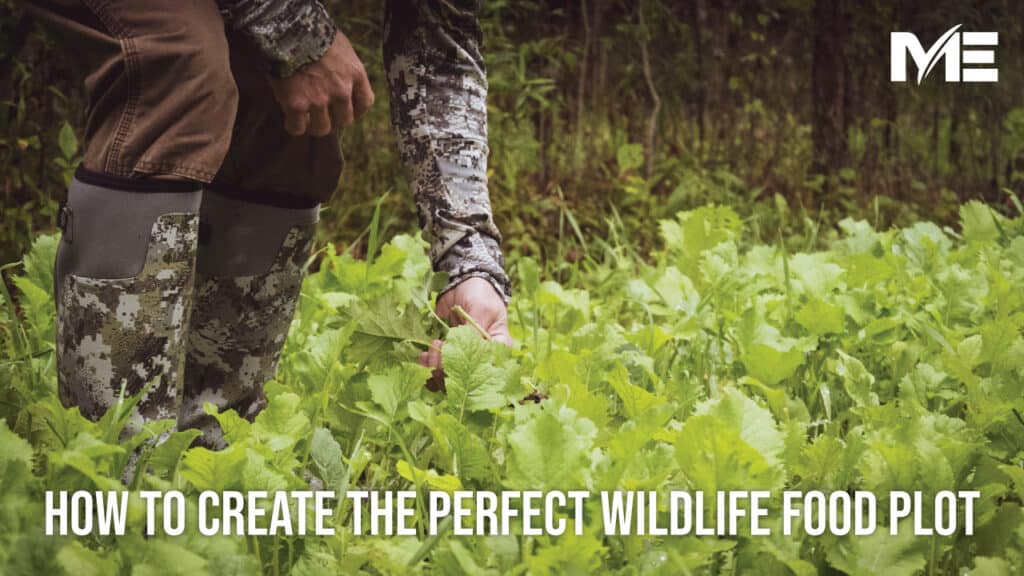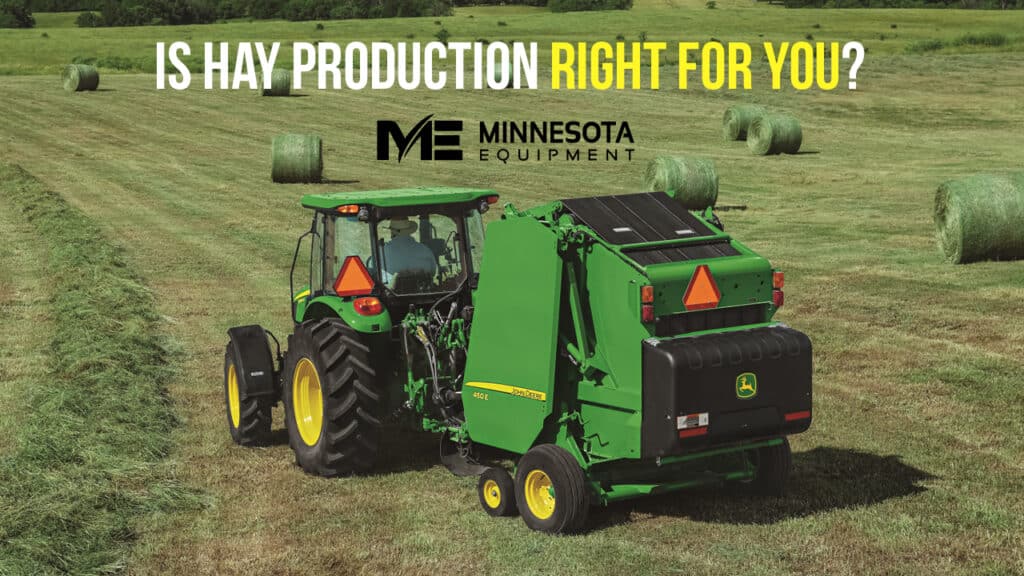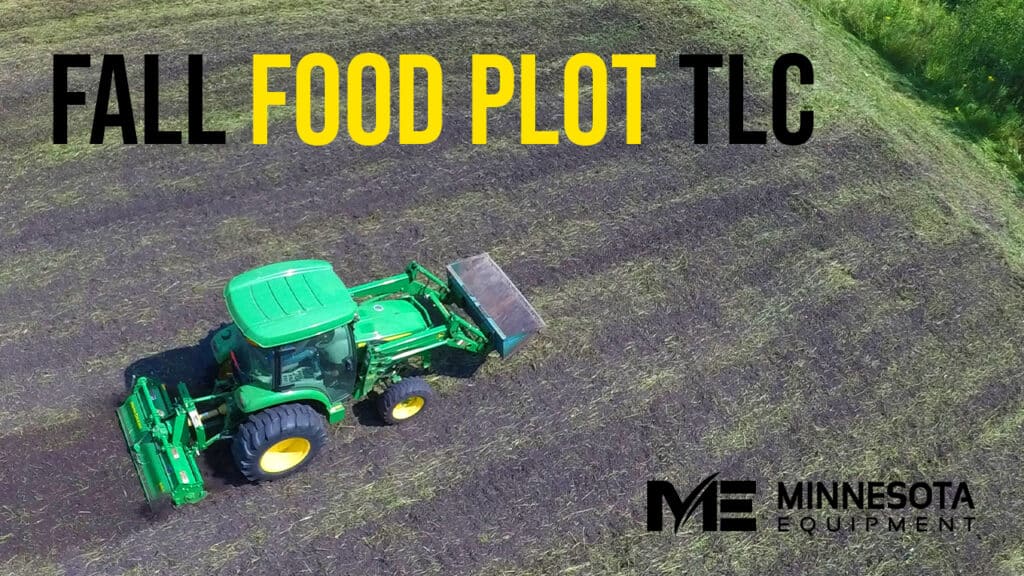
Deer hunting is a rite of fall in Minnesota and beyond. Whether you hunt with a gun, bow, or crossbow, the following habitat-related tips from Minnesota Equipment can help you see more deer this season. Put these tips to use as you hunt, scout, and make last-minute habitat tweaks.
Avoid Safe Havens
Whitetails tolerate human presence in their domains—to a point. In many areas, deer are accustomed to people, tractors, UTVs, and other vehicles traversing parts of their territory.
But bedding areas are generally off-limits. Steer clear of this deere habitat when scouting and performing land-management projects.
Bedding areas are often tangled patches of heavy cover where predators rarely tread or are easily detected as they approach. Examples include areas of thick brush or dense stands of tamaracks, pines, or young deciduous trees. Depending on what’s available—and human activity in the area—deer will also use a variety of other cover, such as cattails or tall, thick grasses.
If you venture into these whitetail havens and spook the occupants—particularly mature bucks—they may relocate to safer areas and change their behavior, making it harder for you to pattern their travels and intercept deer during daylight hours.
Don’t Be Shy
While it’s best to avoid whitetail bedding areas and secluded stand or still-hunting sites, you don’t have to be a total ghost on the property. Believe it or not, your presence can be relatively benign in deer habitat. In fact, in some remote properties where predators like Timber Wolves are a factor, deer actually gravitate toward human presence, using people as a shield against their natural enemies.
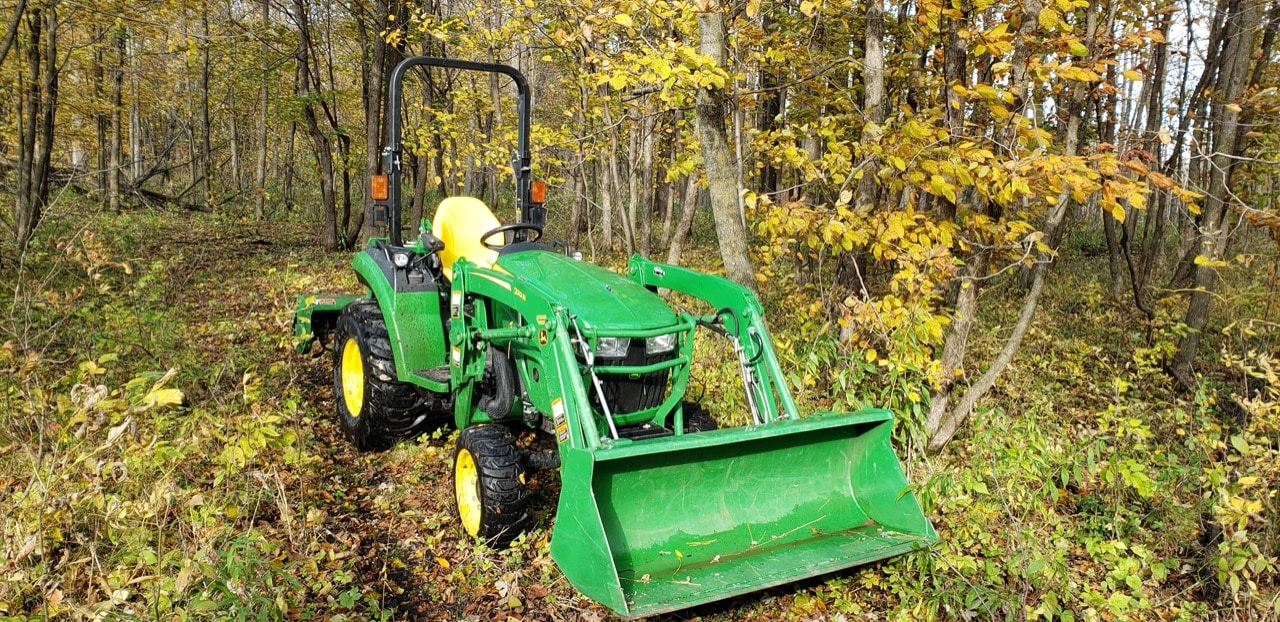
The bottom line is that it’s OK to maintain normal farm or forest management routines. You can even use this familiarity to your advantage. For example: if the deer are used to you checking the fence each morning, it won’t be a big surprise to them if you walk the fenceline during hunting season. By the same token, your scent will be less alarming if you take a stand in areas where deer are used to you.
Be Quiet Where It Counts
Whether deer are used to you or not, it’s always a good idea to sound-proof the final approach to your stands and blinds. Better to settle in silently than announce your arrival by breaking branches and tramping through dried leaves like a human bulldozer.
To make it happen, trim any trailside vegetation that might trip you up or snag gear and clothing. Don’t create a clear-cut, just prune a trail wide enough for easy access. Also use a leaf rake to remove sticks, twigs, and leaves from the forest floor. This is also a good time to clear any branches or grass from your shooting lanes.
Electronic Recon
Trail cameras can help you keep tabs on how the local whitetail population is responding to your habitat-enhancement projects. They also capture photos of uninvited human visitors.
Set cameras along deer travel corridors, such as trails from bedding areas to food plots. This will give you an idea of the bucks and does using the area. This will also help you track when the deer in the area are active.
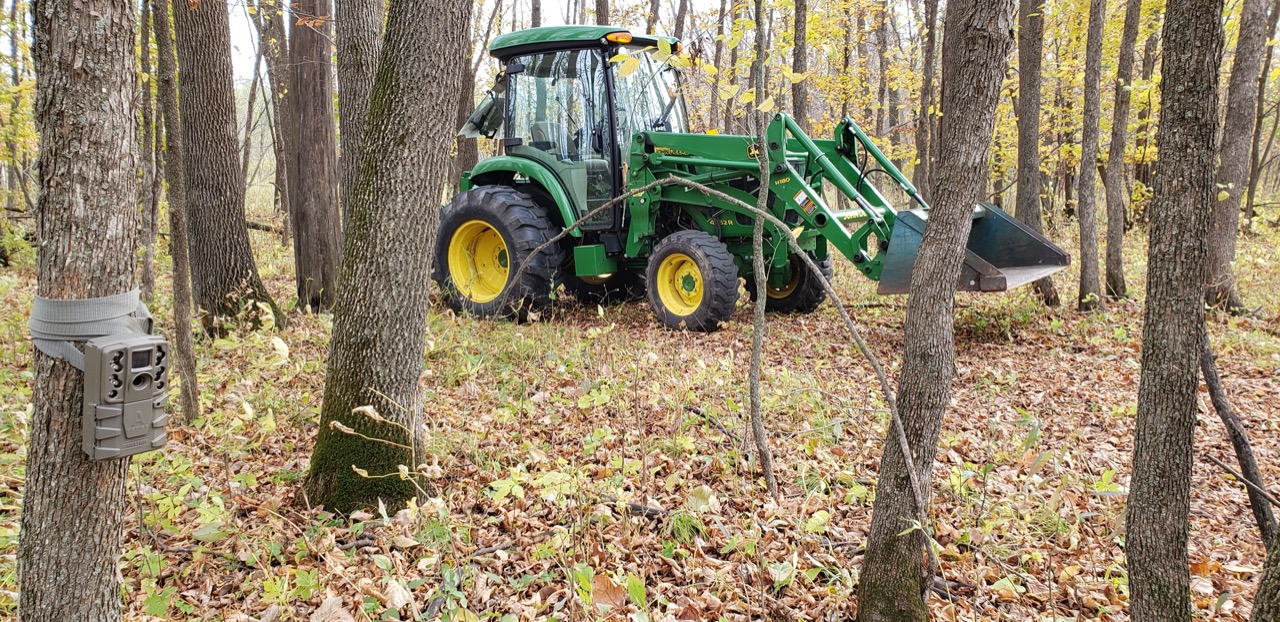
Cameras hidden near human access points can help you keep an eye out for trespassers. Experts recommend hiding dark- or camo-colored game cameras above trails, out of the unwanted visitors’ line of sight. If you discover you have a trespassing problem, the resulting video evidence can help law enforcement make a case against the intruders.
Another tip: Where whitetails are accustomed to the sights and sounds of tractors and other farm or land-management equipment, you’re less likely to spook deer when using a compact utility tractor or off-road utility vehicle to check cameras than you are bumping into them on foot.
Improve Deer Access
Whitetails can pretty much go where they want to go in most Minnesota terrain. However, that doesn’t mean they won’t follow the path of least resistance. Clearing an access trail can encourage deer to visit food plots. Plus, if you can meander the pathway within range of a stand, so much the better.
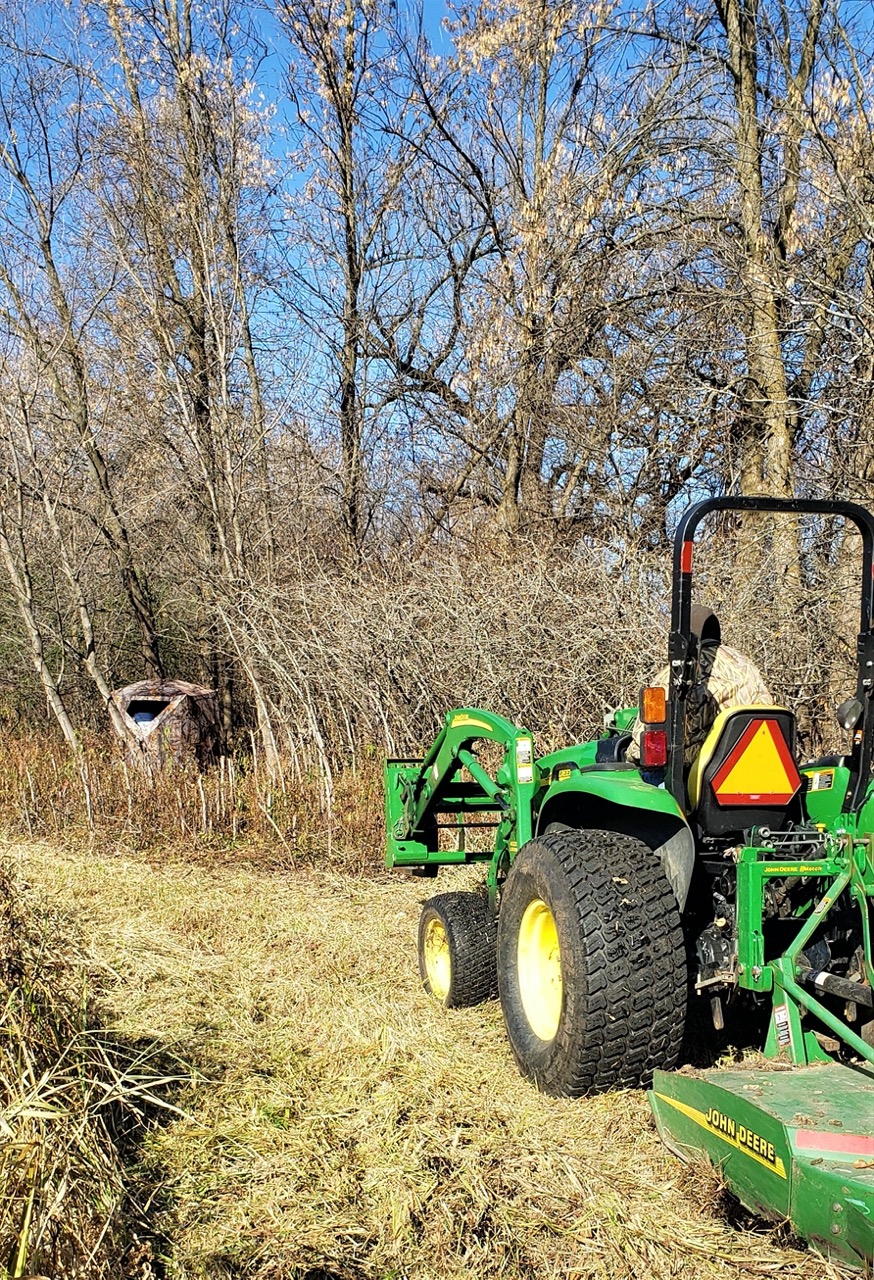
We’re not advocating creating a 4-lane highway. A simple trail the width of a compact tractor or John Deere Gator will do just fine. In grassy areas, sometimes just driving along the intended path is enough. In thick brush or other vegetation, a pass with a rotary cutter will do the trick.


 MyME
MyME

